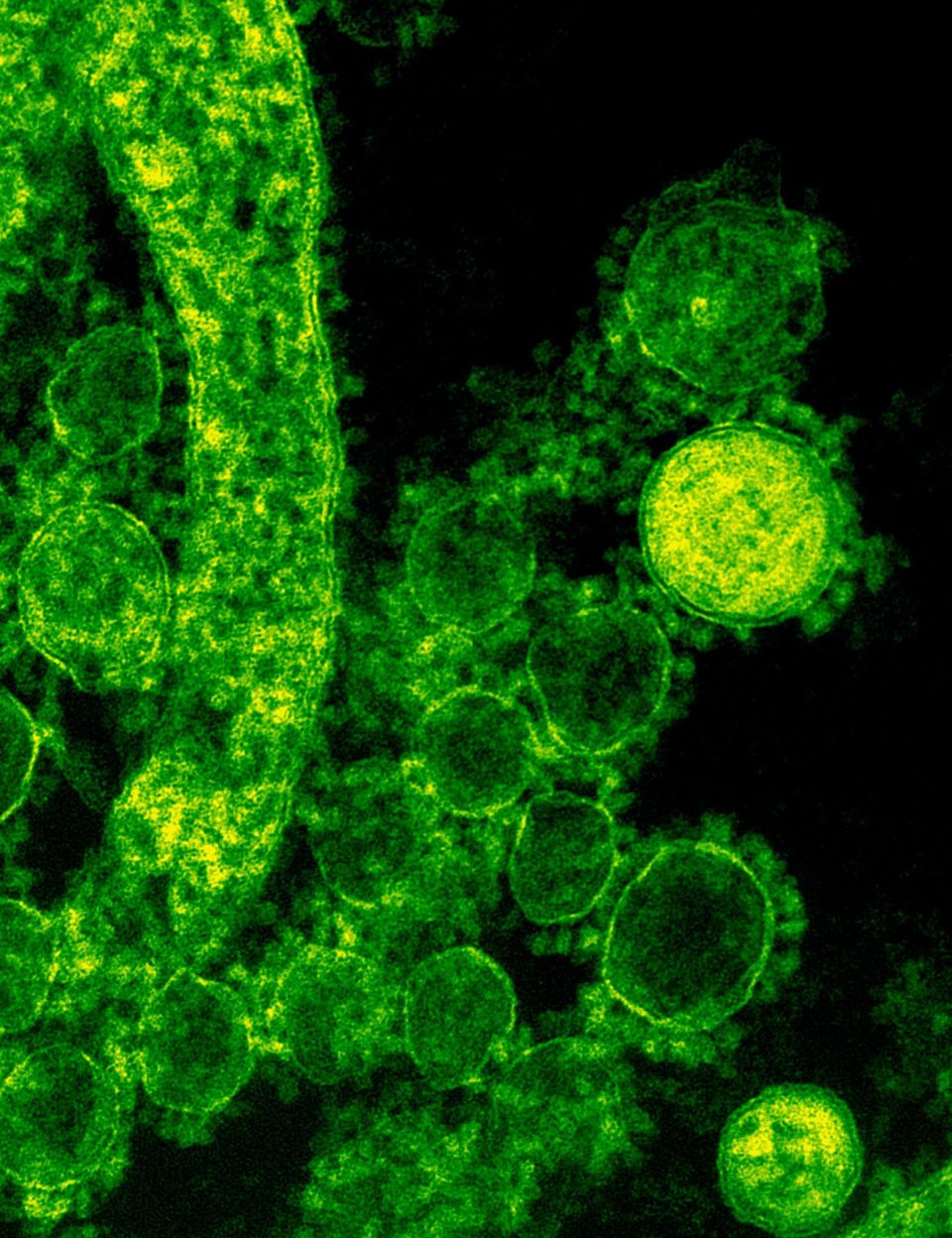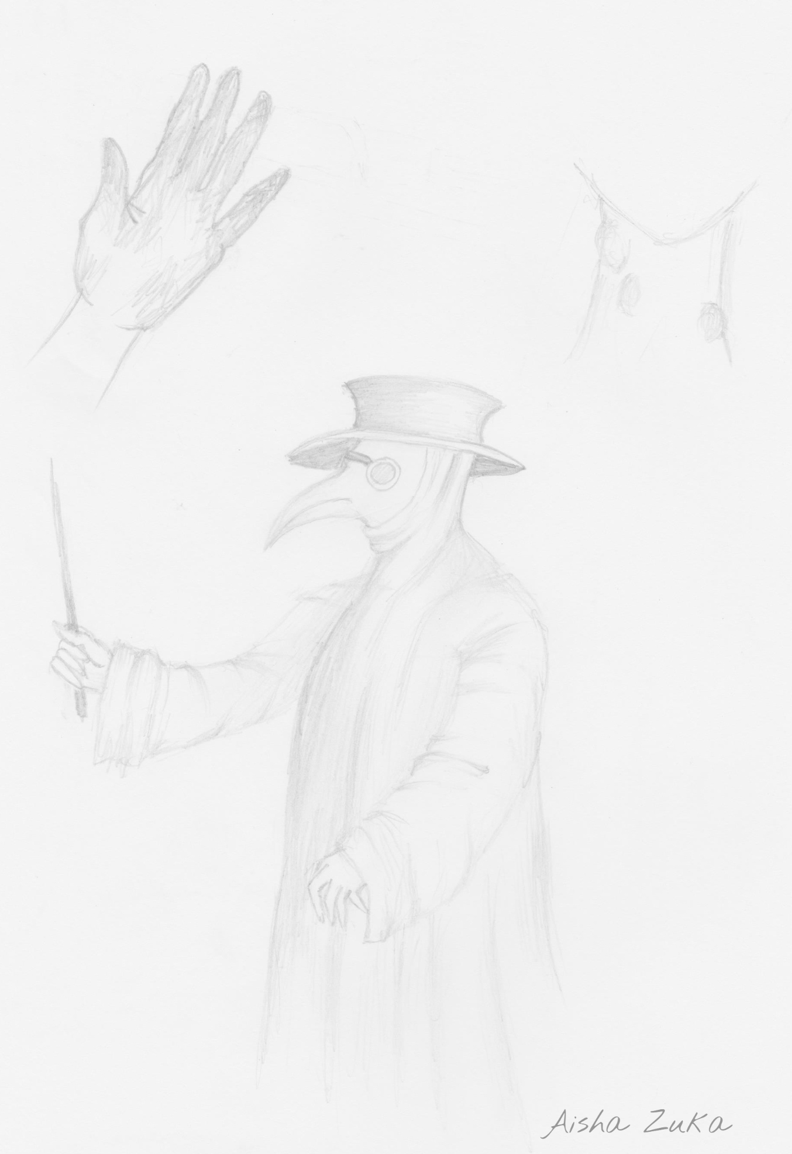The Plague

Plague is a deadly disease spread throughout the world during the 14th century, in which more than 25 million died in an outbreak infamously known as " black death". It's caused by the bacterium Yersinia Pestis, a zoonotic bacteria found in small mammals and fleas. Bubonic plague is the most common form of plague among the three types of plague and now several antibiotics have been found to work against the plague.
A long time ago, in 1347 a deadly disease known as the plague started to spread all over the world. The first recorded case was in China in 224 B.C.E. In the mid-fourteenth century in Europe, the most significant outbreak began. From 1347 to 1352 more than twenty-five million people died and it was known as the “Black Death” in history.
This deadly disease is known to be caused by the bacterium Yersinia pestis, a zoonotic bacteria found in small mammals and their fleas. The plague is transmitted from infected mammals like rodents by its bites. It is also believed that the disease is spread by droplets from coughing or sneezing and when contacted with infectious bodily fluids.
There are three main types of plague. They are septicemic, pneumonic and the bubonic plague which is also known as the black death. Among these, the most common form is bubonic. The symptoms of plague often develop within one to seven days when the person is infected with the Yersinia pestis. The symptoms of bubonic plague include fever, chills, headache, vomiting, swollen lymph nodes and weakness. These swollen lymph nodes are painful and occur in the closest area in the skin from where the bacteria entered. The swollen lymph nodes are known as “buboes” and may even break open. The term bubonic is taken from a Greek word that means “groin”. For bubonic plague, the diagnosis is done by finding the bacteria in the blood. According to the World Health Organization (WHO), the transmission of bubonic plague from human to human is rare.
Bubonic plague, when advanced and spread to the lungs, is more severe and then it’s called the pneumonic plague. Pneumonia is known as the most virulent form of plague. Symptoms of this form include fever, headache, chest pain and shortness of breath. Unlike bubonic, pneumonic plague patients can transmit the disease through droplets to other human beings. This form of plague can be fatal, if not diagnosed and treated as early as 18 to 24 hours of the onset of symptoms.
The symptoms of septicemic plague are fever, chills, abdominal pain, extreme weakness, shock and possibly bleeding into the skin. This form of plague is a systemic infection that occurs as the bacteria circulate in the bloodstream and multiplies. If untreated this type of plague is also fatal. Toes, fingers or nose may turn black as skin and other tissues die. This form may be the first sign of plague or may result from untreated bubonic plague. Usually, septicemic plague results from infected flea bites or from handling infected fleas.
Vaccination is not recommended for plague by WHO. Although vaccines have not been very useful for preventing plague, there are several antibiotics that work well against plague. These include streptomycin, gentamicin, and doxycycline. However, if not treated well, deaths occur and it is normally within 10 days from the time the person gets infected. Prevention measures for plague include informing the community about plague if present in the environment and to avoid direct contact with body fluids from patients and being precautious against bites from fleas. It is also said that in the time of the “Black Death” plague doctors wear protective clothing in order to prevent themselves from affecting the deadly disease. They wore a mask, which is more like a bird’s beak with a long coat. They were also wearing gloves and shoes.
The plague epidemic occurred in most parts of the world, but since the 1900s, human cases are mostly found in Africa. According to health agencies, currently each year only 1,000 to 2,000 cases are reported worldwide. As plague is a rapidly advancing disease that leads to death if left untreated, we need to take immediate actions if any symptoms occur.

References
Website: https://www.who.int/news-room/fact-sheets/detail/plague
Website: https://en.wikipedia.org/wiki/Plague_(disease)
Website: https://www.healthline.com/health/plague
Website: https://www.britannica.com/science/plague
Website: https://www.medicinenet.com/plague_facts/article.htm
Author biography
Aisha Zuka Ali Riyaz is a 13 year old student currently studying in 7th grade. She participated in the Circle Coding and Critical Thinking programme by the Ugail Foundation in the year 2020 and was selected as a member of the "Leaders of Tomorrow" programme led by Professor Hassan Ugail in the year 2021. Zuka loves painting and creating artwork. She also enjoys reading adventure and fantasy storybooks.

Cite this article as:
Aisha Zuka Ali Riyaz, The Plague, theCircle Composition, Volume 1, (2021). https://thecirclecomposition.org/the-plague/
